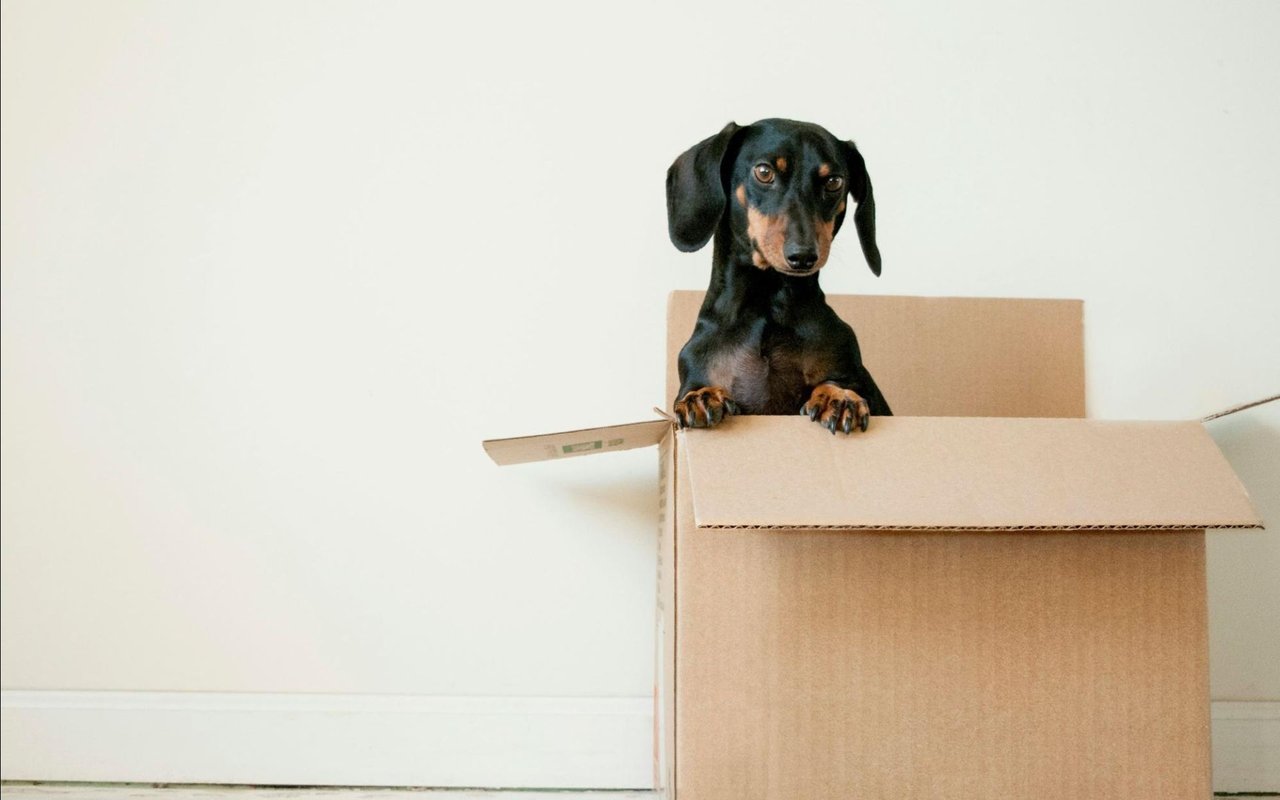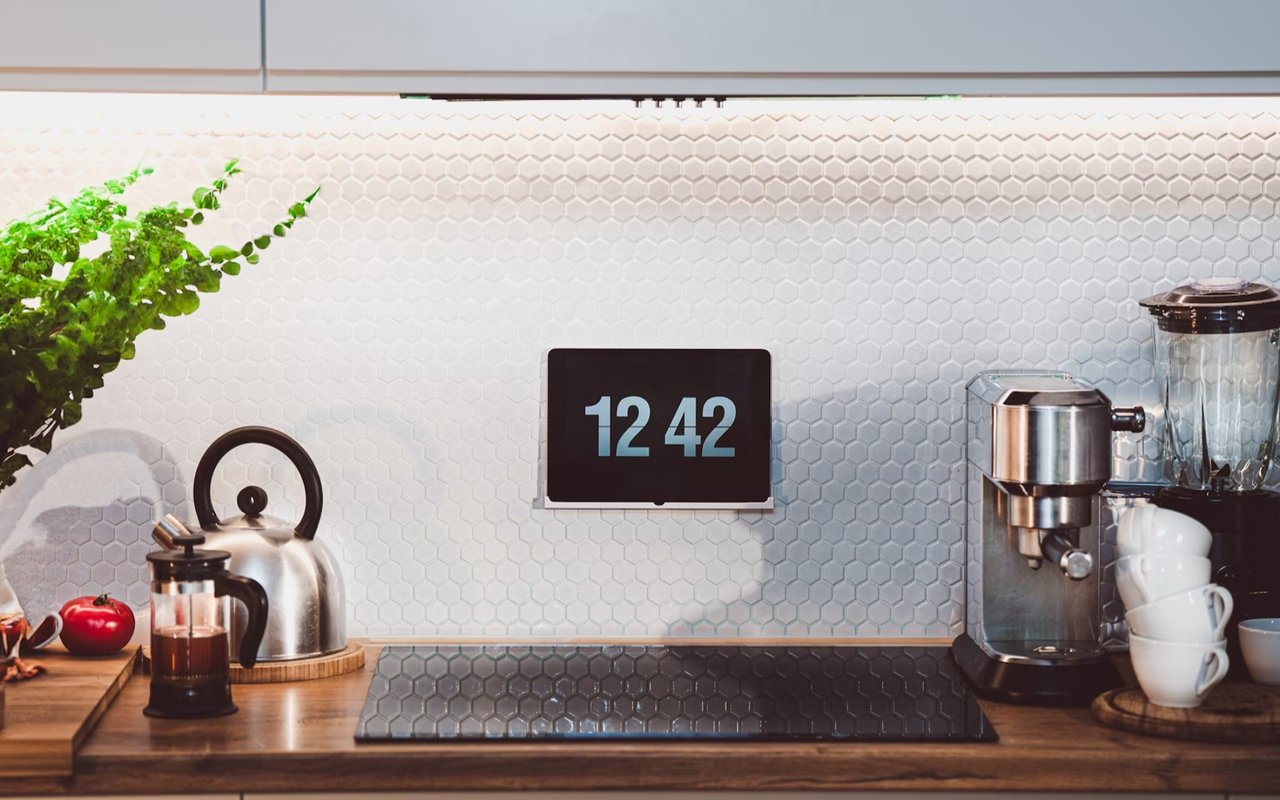Moving is stressful at times for you, and it can be even more confusing for your pet. New smells, new sounds, and a disrupted routine can trigger anxiety, appetite changes, or behavior shifts. Thankfully, you can smooth out the transition with a solid plan that centers around your pet’s comfort and safety. When you prepare early and keep routines as predictable as possible, you give your pet clear signals that everything is okay. That reassurance matters more than any fancy accessory.
This guide will walk you through the process of moving with your best friend. The goal is simple: you want your pet to arrive healthy, calm, and ready to explore the new surroundings.
Start With Your Veterinarian And Paperwork
Schedule a checkup at least a few weeks before your move. You want to leave yourself enough time to update any necessary vaccines, refill prescriptions, and request health certificates. Ask for a digital copy of your pet’s full medical record, including vaccination dates, chronic conditions, and medication dosages. Store it in your phone and in a printed folder in your go‑bag.
If your pet is anxious in the car or on planes, talk to your vet about calming supplements or short-term medications, and test those options in advance so that there are no surprises.
Confirm microchip registration details, including your new address and phone number. If your pet is not microchipped, consider that procedure at this visit. Collars and tags can slip off during a hectic move, and a microchip gives you a permanent backup.
If your pet is anxious in the car or on planes, talk to your vet about calming supplements or short-term medications, and test those options in advance so that there are no surprises.
Confirm microchip registration details, including your new address and phone number. If your pet is not microchipped, consider that procedure at this visit. Collars and tags can slip off during a hectic move, and a microchip gives you a permanent backup.
Choose The Right Carrier, Kennel, Or Restraint System
A sturdy, well-ventilated carrier or crate is crucial for cats, small dogs, and most small animals. Larger dogs need a crash-tested, well-fitting harness that clips into a seat belt or a secure crate that fits your vehicle correctly. Measure your pet’s length and height, and then add enough space for them to stand up, turn around, and lie down comfortably. If you are flying, cross-check airline dimensions and rules, and verify them again 72 hours before departure. Policies can change, and you do not want to find out about new procedures at the gate.
Introduce your pet to the carrier weeks ahead. Leave the crate or carrier open with bedding and treats inside. Feed your pet inside it, or add a favorite toy. You want the carrier to feel familiar and safe, not like a box that shows up when everything else becomes chaotic. For dogs who have rarely been crated, work in short, positive training sessions and increase duration slowly. A calm association before the move will pay off on the moving day.
Introduce your pet to the carrier weeks ahead. Leave the crate or carrier open with bedding and treats inside. Feed your pet inside it, or add a favorite toy. You want the carrier to feel familiar and safe, not like a box that shows up when everything else becomes chaotic. For dogs who have rarely been crated, work in short, positive training sessions and increase duration slowly. A calm association before the move will pay off on the moving day.
Pack A Pet “Go-Bag” You Can Reach Instantly
You would never bury your own important documents at the bottom of a moving truck. Treat your pet’s essentials the same way. Pack a clearly labeled bag that stays with you. Include several days of food, collapsible bowls, bottled water, medications, vet records, grooming wipes, a spare leash, a familiar blanket or bedding, and one or two favorite toys.
Consistency matters when everything else changes. Bring your pet’s regular food and stick to normal feeding times for at least a week. Sudden diet shifts plus travel stress can lead to digestive upset. If you must switch brands because of availability in your new area, transition gradually once you have settled into the new space.
Consistency matters when everything else changes. Bring your pet’s regular food and stick to normal feeding times for at least a week. Sudden diet shifts plus travel stress can lead to digestive upset. If you must switch brands because of availability in your new area, transition gradually once you have settled into the new space.
Keep Routines Predictable Before, During, And After The Move
Pets read your schedule as a source of stability. Keep walks, meals, and play sessions at the same time as much as possible. Pack gradually over several weeks so that your pet does not watch the entire house disappear in 24 hours. Create a “quiet room” on packing day with the carrier, water, and a sign for movers to stay out. Fewer strange people walking in and out means less noise and fewer escape opportunities.
During the drive or flight, stick to a predictable cadence as much as possible. Offer water at planned intervals, schedule breaks, and avoid overfeeding right before you hit the road. After you arrive, re-establish your pet’s routine right away. Use the same feeding schedule and the same bedtime rituals. The faster you return to normal, the faster your pet will, too.
During the drive or flight, stick to a predictable cadence as much as possible. Offer water at planned intervals, schedule breaks, and avoid overfeeding right before you hit the road. After you arrive, re-establish your pet’s routine right away. Use the same feeding schedule and the same bedtime rituals. The faster you return to normal, the faster your pet will, too.
Make Travel Day Safe, Calm, And Escape-Proof
Confirm your route, pet-friendly hotels, and rest stops in advance. If you are flying, arrive early — but not so early that your pet sits in the terminal for hours. Attach a tag with your name, phone number, and destination address to the carrier itself. Triple-check that the doors are properly latched before you move the carrier in or out of a vehicle.
Cars should be cool, shaded, and well ventilated. Never leave your pet unattended in a parked vehicle. For extensive road trips, plan frequent, short breaks. Offer water, allow your dog to stretch, and observe their body language closely. Heavy panting, drooling, or whining can signal stress or nausea. If your vet has approved a calming aid, follow the prescribed schedule, not a guess.
Cars should be cool, shaded, and well ventilated. Never leave your pet unattended in a parked vehicle. For extensive road trips, plan frequent, short breaks. Offer water, allow your dog to stretch, and observe their body language closely. Heavy panting, drooling, or whining can signal stress or nausea. If your vet has approved a calming aid, follow the prescribed schedule, not a guess.
Species-Specific Considerations You Should Not Skip
Cats often hide when they are stressed. As much as possible, keep your cat confined to a single, quiet room during moving preparations. Add a covered bed or a box inside the carrier for extra security. Consider pheromone diffusers or sprays to reduce anxiety. Introduce the new home slowly. Let your cat explore one room at a time, then expand access once you see relaxed behavior.
Dogs may show excitement that masks stress, but they still need structure. Keep leashes on during all transitions, even in fenced yards, until you are certain they understand the new boundaries. If your dog is prone to barking or separation anxiety, start desensitization work a few weeks before the move so that they can tolerate short absences in the new space.
Small mammals, reptiles, and birds are sensitive to temperature swings, drafts, and fumes. Transport them in their original habitat whenever possible, secured to prevent tipping. Avoid strong cleaning agents, paint, or new-home off-gassing near their enclosures. For birds, keep wings clipped or use flight harnesses until you are confident that the windows and doors are always secure.
Dogs may show excitement that masks stress, but they still need structure. Keep leashes on during all transitions, even in fenced yards, until you are certain they understand the new boundaries. If your dog is prone to barking or separation anxiety, start desensitization work a few weeks before the move so that they can tolerate short absences in the new space.
Small mammals, reptiles, and birds are sensitive to temperature swings, drafts, and fumes. Transport them in their original habitat whenever possible, secured to prevent tipping. Avoid strong cleaning agents, paint, or new-home off-gassing near their enclosures. For birds, keep wings clipped or use flight harnesses until you are confident that the windows and doors are always secure.
Prepare Your New Home Before Your Pet Walks Through The Door
When you arrive at your new home, set up a quiet, pet-proofed room with familiar bedding, food, and water. Check the window screens, latch the gates, and scan for any hazards, such as dangling wires, toxic houseplants, or unsecured cleaning supplies. For dogs, a long decompression walk around the block before entering your new home can take the edge off and make the first impression calmer.
Watch For Stress Signals And Address Them Early
Even the most adaptable pets can struggle. Watch for appetite loss, excessive grooming, pacing, vocalizing, or sudden reactivity. Many of these behaviors fade once routines settle. If symptoms persist beyond a week, reach out to your veterinarian. You may need a medical check-up to rule out illness, or you may benefit from short-term anxiety medication or a referral to a certified trainer or behaviorist.
Engage your pet’s brain to speed the adjustment. Food puzzles, scent games, and short training sessions build confidence. Reward calm behavior in new rooms, new hallways, and new outdoor routes.
Engage your pet’s brain to speed the adjustment. Food puzzles, scent games, and short training sessions build confidence. Reward calm behavior in new rooms, new hallways, and new outdoor routes.
Your Plan Becomes Your Pet’s Calm Move
When you plan early, choose the right gear, and rebuild routines quickly, you can turn a chaotic journey into a manageable transition. Give your pet a predictable roadmap, and they will follow you anywhere.
If you’re ready to find a beautiful home in Tucson for the whole crew, reach out to The Tucson Agents today.
If you’re ready to find a beautiful home in Tucson for the whole crew, reach out to The Tucson Agents today.




